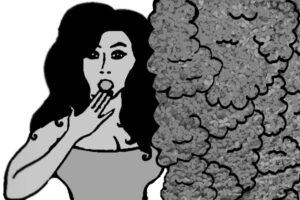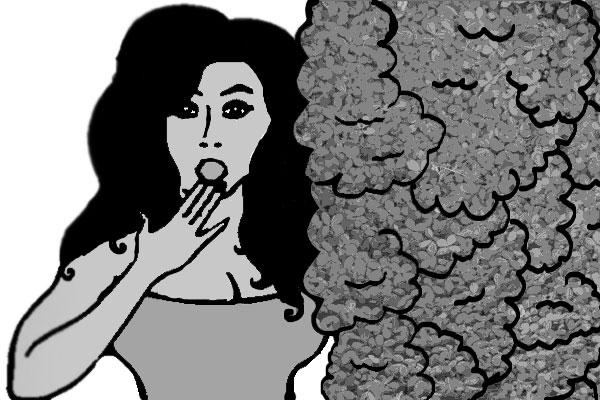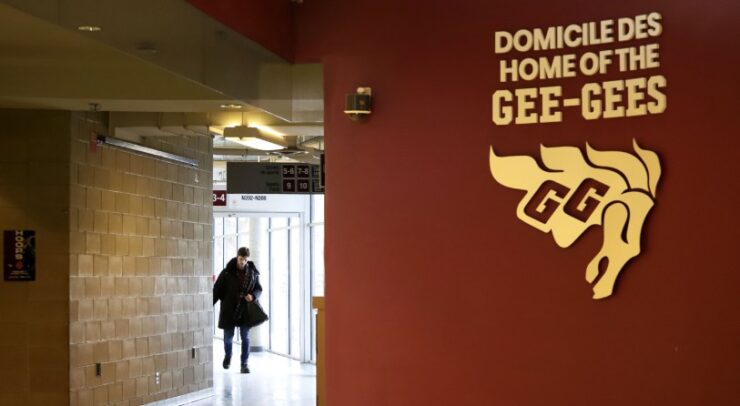
Considering the problem of police brutality in Ottawa
EARLIER THIS SUMMER, a friend and I were leaving the ByTowne Cinema when we found a man lying unconscious on the sidewalk. My companion noticed his breathing looked irregular, and when he failed to respond to verbal promptings, we decided to be good Samaritans and call an ambulance for him.
Once the ambulance arrived, we were approached by two police officers who had been sitting in a cruiser across the street. They thanked us for our concern and took charge of the situation. As we walked away, I saw them wake him up with a light kick. We left him with the police, so he was in good hands, right?
Not necessarily. On Aug. 13, U of O criminology student Tasha Doucette found herself in a similar situation. She and her daughter were leaving a Mac’s convenience store in Sandy Hill around 6 a.m. when she saw Hugh Styres sleeping in the fetal position near the intersection of Osgoode Street and Henderson Avenue. She called the police and waited for them to arrive. When they did, she and her daughter hung around to discreetly watch from behind a nearby hedge.
By her account, one officer started pushing Styres around, even though Styres made no effort to resist; in fact, he did not even make a sound. She confronted the police, who shouted back that Doucette had seen Styres hit them first, which she insists she did not.
And so police brutality came to our doorstep, but not for the first time. Those who have followed the local news over the past couple of years will remember the cases of Roxanne Carr and Stacy Bonds. The two women were, like Styres, detained on charges of assaulting an officer, and subsequently subjected to treatment that has been qualified as sexual assault.
In both cases, the initial charges were later dropped or dismissed, calling into question the justification not only of the women’s treatment, but of their arrests. As Carleton University criminology professor Darryl Davies put it: “It’s as though they’re justifying lawless behaviour with cover charges such as obstruction and assault.”
So where does this leave us? How do we react when those who are supposed to protect us become a threat in and of themselves? This is a wake-up call for us to question some of our assumptions about the police. We need to break up the mental dichotomy according to which all danger comes from criminals and all protection comes from the police. When faced with extraordinary problems, it behoves us to make the police the last in a long line of options to resolve them, and to be co-operative but not naive when we do call on them. If you see something wrong, say something—even if it’s the police doing it.
Over the long term, students need to have a serious conversation about crime
in our society. The police can sometimes prevent, and often punish, those who commit crime, but is that enough? Or do we need to go beyond the manifestations of crime to its roots: Poverty, sexism, and other forms of exclusion? These are all big questions, but I think we owe it to Hugh Styres, Stacy Bonds, Roxanne Carr, and so many others to at least ask them.
Between these stories and my own experiences, I have a lot less faith in the police than I once did. Police forces exist ostensibly “to serve and protect,” but at the end of the day, they are essentially bodies of armed men and women with a great deal of power over others. Of course this power can and does serve to protect the innocent, but when the opposite occurs, it can be difficult to obtain proper redress. It is the responsibility of each and every one of us to think more critically about the role of the police in our society if we really want to ensure equal justice for all.
—Edward Roué



